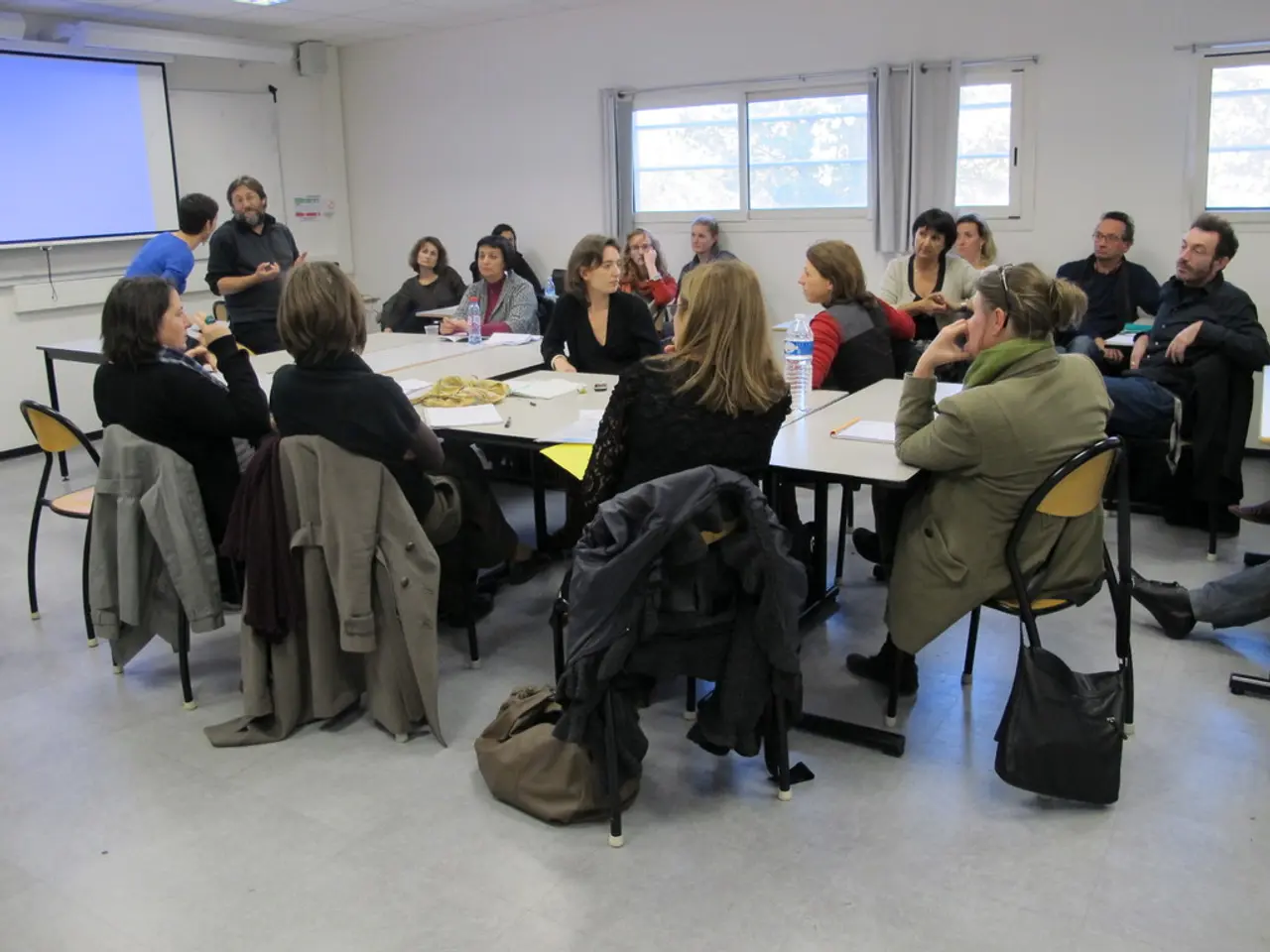Unveiling Five Romantic Trends: Discover your Personal Match
Relationship patterns, whether in romantic, friendly, or professional settings, play a significant role in shaping our connections with others. These patterns dictate who we choose to be with, how we interact, and how we allow others to treat us.
Key Relationship Patterns
Secure Attachment (Secure Pattern)
Characterised by emotional stability, effective communication, trust, comfort with closeness, and good conflict resolution, this pattern is marked by individuals who are confident in their relationships, forgiving, and able to balance intimacy and independence. Partners treat each other well and are comfortable both giving and receiving support.
Anxious-Preoccupied Attachment (Anxious Pattern)
Individuals with this pattern exhibit high anxiety about relationships, a need for reassurance, and fear of abandonment. They may seek excessive closeness, worry about their partner's availability, and exhibit emotional volatility. In friendships and professional contexts, this style can appear as dependency or insecurity about acceptance.
Dismissive-Avoidant Attachment (Avoidant Pattern)
Defined by emotional distance, self-reliance, and discomfort with closeness or dependency, individuals with this pattern tend to suppress feelings, avoid intimacy, and may seem detached or indifferent. They prefer independence and may avoid deeper emotional involvement.
Fearful-Avoidant Attachment (Disorganized Pattern)
This pattern involves conflicting desires for closeness and fear of intimacy, often resulting in erratic and unpredictable behavior. Such individuals both want connection and fear rejection, leading to confusion and instability in relationships of all types.
Relationship Maintenance Patterns
Applicable primarily to ongoing romantic or close friendships, but relevant in professional relationships as well, these patterns include Positivity, Assurances, Openness, Social Networks, and Sharing Tasks. These active efforts to sustain relationship quality help maintain and strengthen connections.
Common Relationship Patterns in Different Contexts
Professional Relationships
In professional relationships, an Alpha pattern can emerge, where one individual wants to be in charge, dictate the rules and habits of the relationship, and only likes being in relationships where they can be the driver or the chief decision maker. This can also manifest as constantly giving a colleague advice, supporting their career, and giving constructive criticism, but seeing their successes as one's own successes or their failures as one's own failures. Another pattern is having a demanding client, colleague, or boss, which can make it difficult to state one's needs.
Romantic Relationships
In romantic relationships, the Alpha pattern can involve wanting to control one's partner's actions and feelings, initiating talks and big relationship steps, such as saying "I love you" first or wanting to move in together. The Caregiver pattern can also emerge, where one individual tries to fix, take care of, or improve the other person, regardless of their wants. This can lead to resentment if the other person doesn't want to change.
Friendship Patterns
In friendships, patterns can range from always choosing where to eat, what to do, and when to hang out (which can be good if the other person wants one to take the lead on social decisions, but can be bad if one doesn't listen to the other person's needs) to constantly coordinating and making sure everyone is taken care of (which can be wonderful if appreciated, but can turn bad if one is chastising or punishing friends for 'bad behavior').
Codependent Relationships
In both romantic and friendly relationships, codependency can occur, where both partners may cease having their own friends or activities. In a negative codependent friendship, there can be jealousy of new friendships or success if the other person feels they are going to get left behind. The Codependent relationship pattern involves being overly reliant on another person, often to the point of neglecting one's own needs and well-being.
Understanding these patterns can help individuals identify and change unhealthy behaviors in their relationships, leading to more balanced, supportive, and fulfilling connections.
[1] Bowlby, J. (1969). Attachment and Loss: Vol. 1. Attachment. [2] Hazan, C., & Shaver, P. R. (1987). Romantic love conceptualized as an attachment process: Implications for social psychology. Journal of Personality and Social Psychology, 52(3), 511-524. [3] [Feeney, B. C., & Noller, P. (2006). Attachment and relationship maintenance: An interpersonal approach to close relationships. Psychology Press.] [4] [Carnelley, K. B., & Feeney, B. C. (2012). Attachment in close relationships. Guilford Publications.]
- Engaging in a secure attachment pattern in relationships fosters personal growth and education-and-self-development by promoting effective communication, trust, and emotional stability, which can lead to improved relationships and overall lifestyle.
- Recognizing and addressing codependent relationship patterns, whether in romantic, friendly, or professional settings, is essential for maintaining personal growth and independence, as these patterns can hinder self-development and restrict one's education-and-self-development opportunities.




